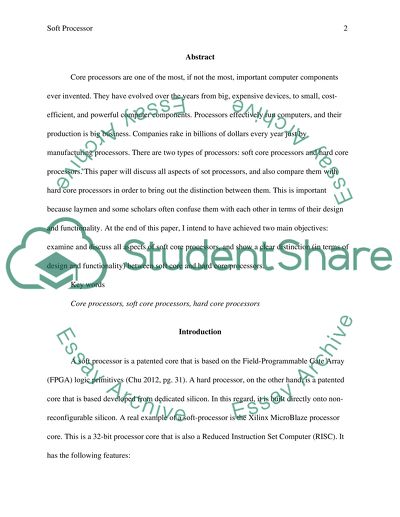Cite this document
(“Soft processor Research Paper Example | Topics and Well Written Essays - 2250 words”, n.d.)
Retrieved from https://studentshare.org/information-technology/1474460-soft-processor
Retrieved from https://studentshare.org/information-technology/1474460-soft-processor
(Soft Processor Research Paper Example | Topics and Well Written Essays - 2250 Words)
https://studentshare.org/information-technology/1474460-soft-processor.
https://studentshare.org/information-technology/1474460-soft-processor.
“Soft Processor Research Paper Example | Topics and Well Written Essays - 2250 Words”, n.d. https://studentshare.org/information-technology/1474460-soft-processor.


